In a world full of muffins, they say, be a cupcake. As an inspirational saying, it’s a good effort. But handsome is as handsome does: for solid worth, texture and deliciousness, give me the muffin every time. I remain open-minded and willing to be proven wrong, but it seems to me that however gloriously frosted, sprinkled, beflowered or bedazzled the exterior of a cupcake may be, its interior texture is always trying, in a socially anxious sort of way, to be cake. All the icing in the world can’t hide the strain.
Allow me to suggest an alternative: in a world of Christmas cookies, be homemade shortbread. The last word in simplicity, shortbread is the Hermès scarf of the cookie world. It has confidence, identity, classical elegance. It doesn’t need to be swathed in icing or rolled in coconut or enrobed in chocolate, though of course it can be. Basic shortbread is easy as pie to make — it just takes butter, flour, sugar, salt. You pinch it all together with the fingertips as quickly as possible, then press it into a pan or roll it out and cut it into shapes. At its best, the texture is firm but tender — never hard, sandy or dry — and the buttery texture gives a sensation of melting in the mouth. At worst, it can end up crispy, crumbly, or, heaven forbid, burnt.
I was in a bit of a hurry in my Christmas preparations one year. My favorite recipe makes only around two dozen crinkly-edged individual shortbreads, so I decided, with the efficiency of the lazy, to triple it (not a thing to be done lightly, as I subsequently learned). Alas, something in the magic ratio of oven temperature, baking time and dough consistency went wrong. The cookies burned. Not even one little rectangle was spared; all was nuclear wasteland. And since I’d tripled the recipe, I now had to throw away not two dozen charred shortbreads, but six! It was utter tragedy. And all the room-temperature butter was used up.
There is something about Christmas that triggers overambition in occasional cookie-bakers like myself. Sometimes I succeed in producing a gingerbread man of decent texture, shape and thickness. But let’s be honest, compared with those high-achiever Pinterest ladies, my icing skills could be kindly described as rudimentary. This should stop me from trying to imitate the slickly dressed gingerfamilies of the super-bakers, but instead I find myself up to my elbows in food coloring, trying to emulate their cowlicks for the ginger boys, plaid skirts for the ginger girls, coy hairbows and rakish toques for their ginger parents. All I succeed in doing is producing a multicolored mess. Then I try to wipe off the icing and get back to a clean slate, only to discover that the gingerbread is now smeared with the depressingly muddy color that results when you inadvertently mix green and red icing.
It’s not all wasted, though. I learn things sometimes. For instance, sticking with just one color is, like discretion, the better part of valor. Attempts at two-tone icing decoration, no matter how failproof they look in the inspiration photos, always end in scenes that would embarrass Jackson Pollock. I’ve come to terms with my limitations and set the bar for success at the addition of white dots for buttons and eyes, plus a squiggle on the lower half of the face which friends and family members are encouraged to see, with the eyes of charity, as a smile. But there always seems to be a year between Christmases… just enough time to forget the lessons learned.
Another danger zone for the seasonally-afflicted baker is the gingerbread house. The internet is littered with them: artfully positioned on sugar-dusted mirrors, lit mysteriously from within, foundations encrusted in chocolate-covered almonds doubling as river stone and multistory exteriors perforated with windows cut à la Louis Sullivan. In a happy daze, the weekend warrior reaches for baking powder and apron, muttering, “A lot of work, maybe, but so worth it!”
Fields of broken dreams testify to the contrary, piled high with cracked, swollen and singed structural components. My own festive house nemesis was a church, supposed to be made of white chocolate. It looked exquisite in the photo. A silver chocolate bell hung in its white belfry; it had pointed Gothic windows, filled with stained glass from melted Jolly Ranchers; through its open door a lit candle flickered, while a forest of chocolate fir trees huddled around it in a winter wonderland. You could all but hear the dulcet strains of “O Come All Ye Faithful” floating from within.
There was a pattern provided. You were supposed to melt little white chocolate discs, pour them onto cookie sheets and let them harden. Once the sheets of chocolate had set, you laid the pattern cutouts onto it and cut along the dotted lines to produce the various structural components. It sounds straightforward, doesn’t it?
Well, not so fast. It turns out that there’s an art to melting chocolate so that it doesn’t go grainy. Then it has to be poured and spread very quickly, without letting it cool, to produce large sheets of even thickness. And then you have to cut it accurately without letting it split off into chunks, which it naturally wants to do, and somehow ensure that the walls stay strong enough to support the roof despite the introduction of several Gothic windows — a feat, I might add with the benefit of hindsight, that Romanesque architects were too smart to try and was only successfully achieved after centuries of technological advancement, thanks to the flying buttress, which was notably absent from the edible church’s design.
The problems, in short, were legion. After melting down what felt like a hundred packages of white chocolate discs and producing nothing but innumerable jagged chunks of sickly-sweet chocolate, I gave up, gazing in frustration at the flotsam and jetsam before me. The bag of silver-wrapped bells and the Jolly Ranchers had long been consumed at this point, but the rest of the evidence, it seemed to me, should be buried in a hole chopped in the seasonally frozen ground. However, that would have been wasteful — especially considering the prohibitive cost of chocolate. So, to my chagrin, fragments of white chocolate disaster reappeared in many forms over the coming months — alongside coffee, sprinkled on cakes and ice cream or solo as an afternoon snack. And like Napoleon in St. Helena being twitted about Waterloo, all I could do was grit my teeth and endure. Sometimes we all bake mistakes.
This article was originally published in The Spectator’s December 2023 World edition.



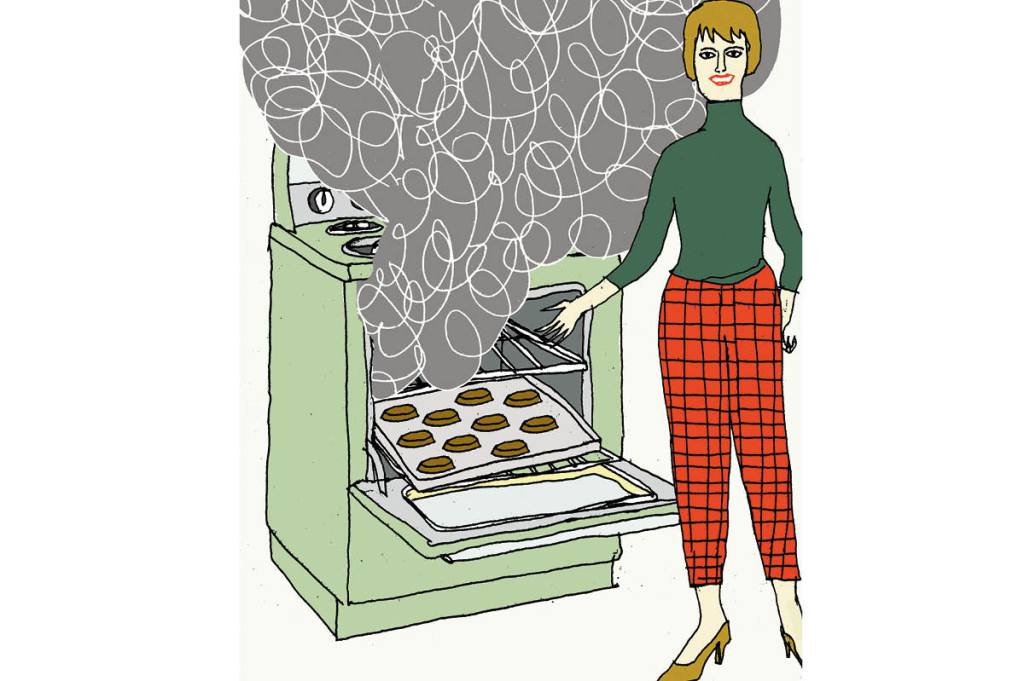






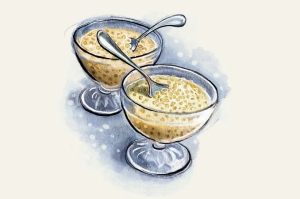
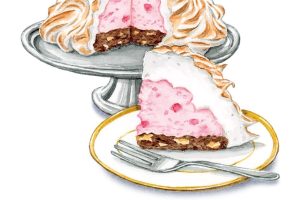
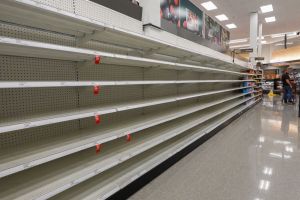
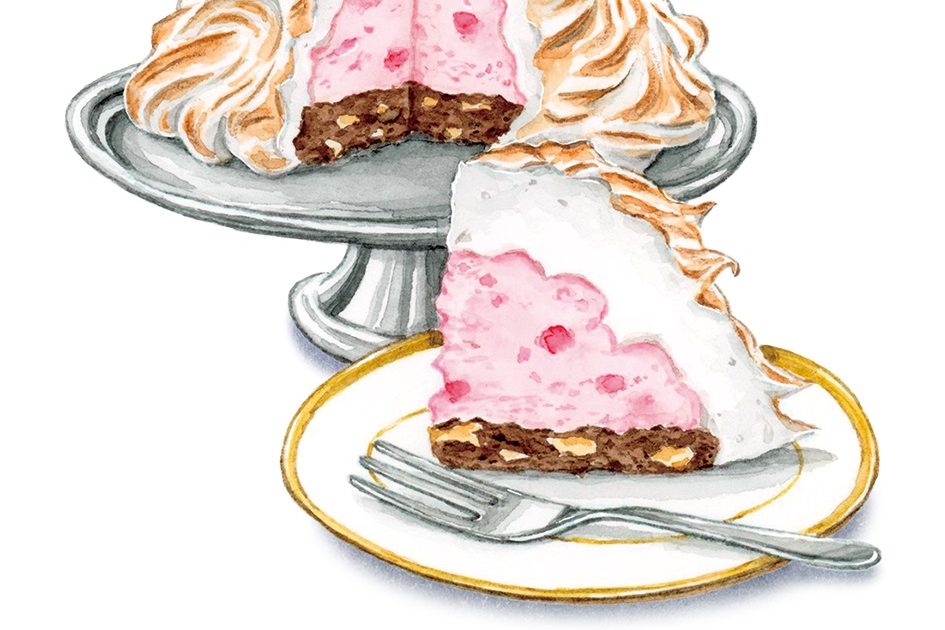
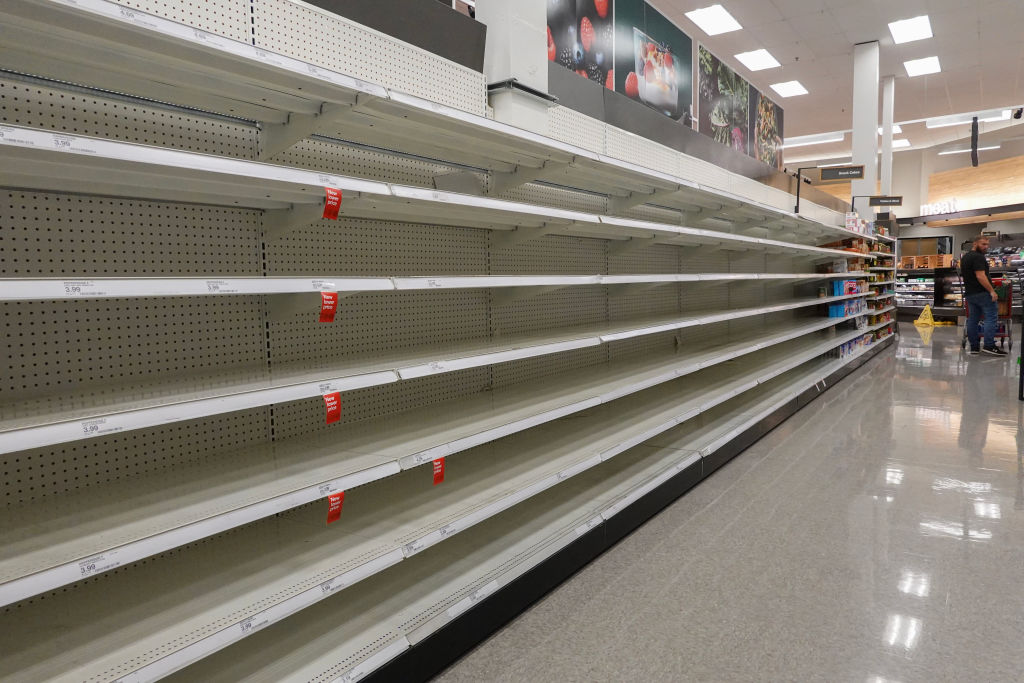
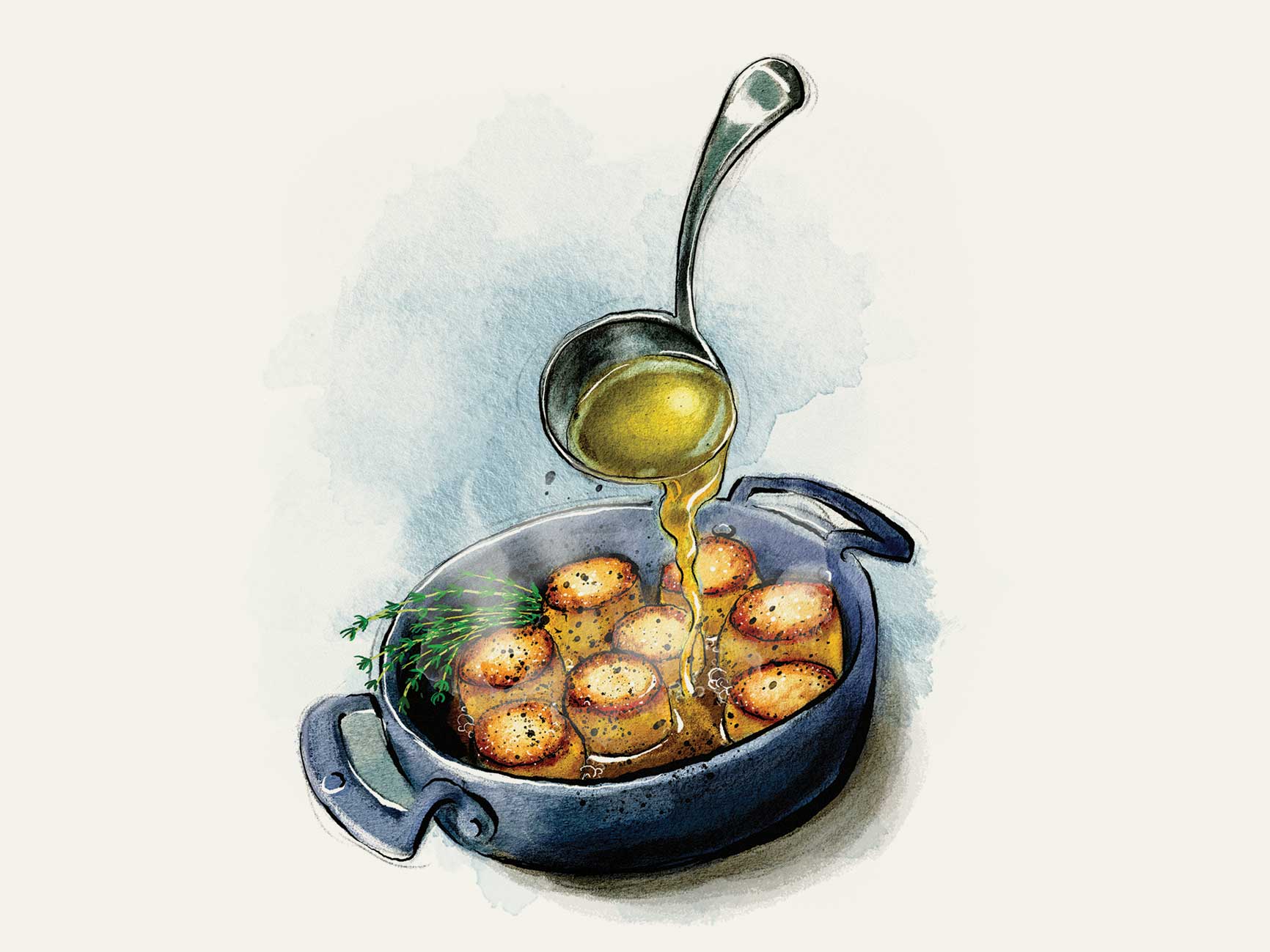
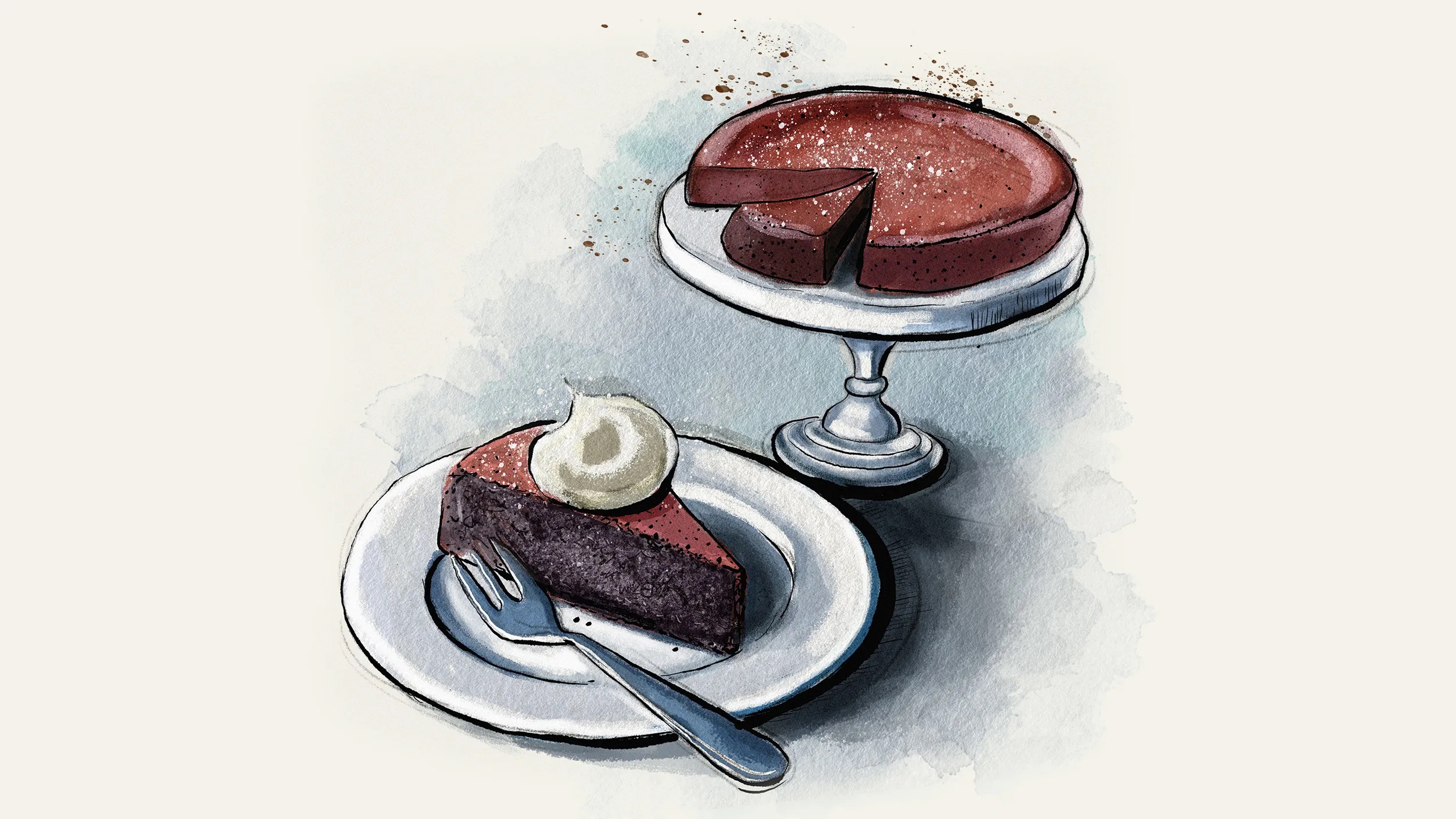









Leave a Reply